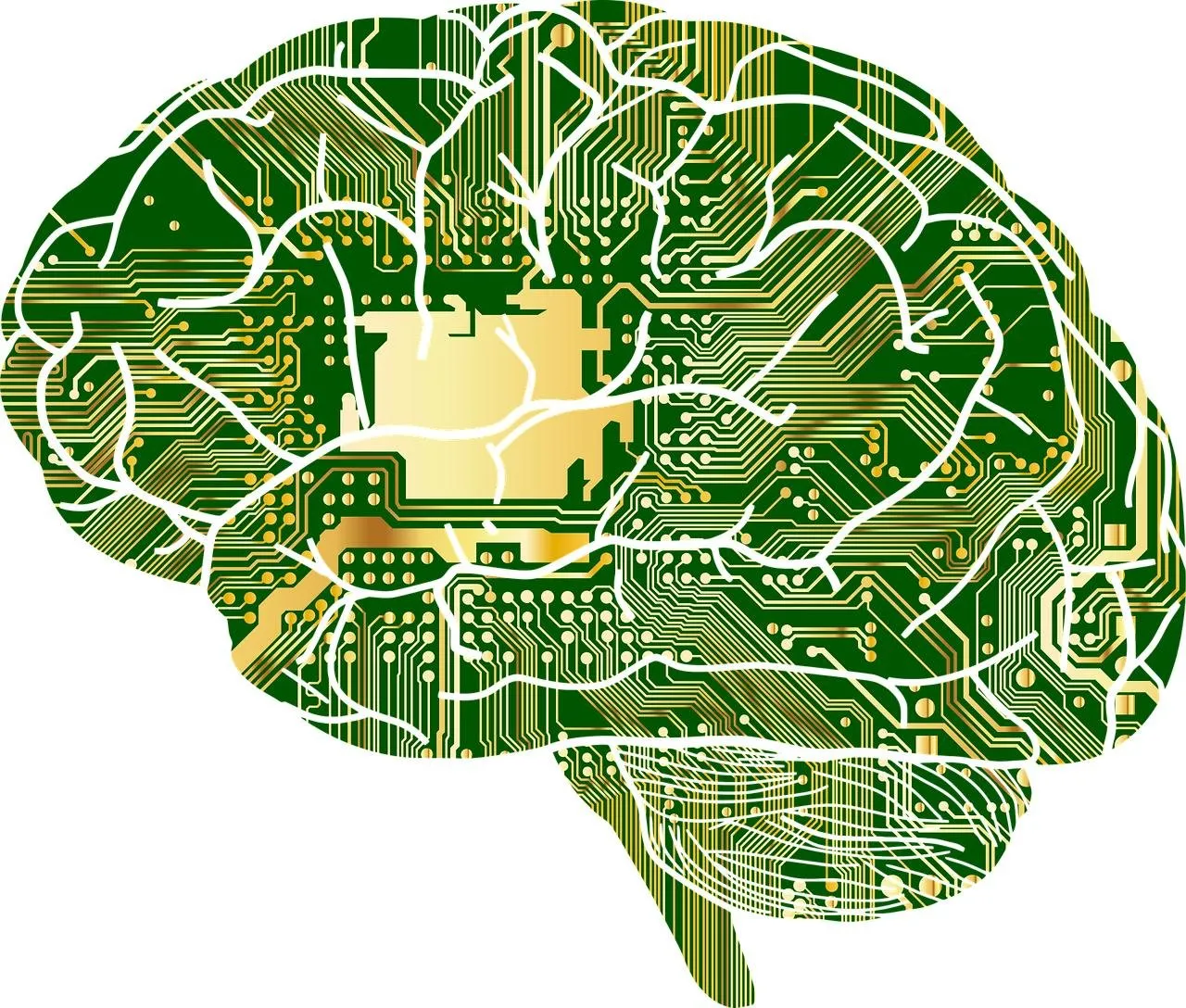Over the years, Artificial Intelligence has migrated with different versions as they showcase various levels of competence. Understanding them involves a consideration of factors like its capabilities, learning abilities and the overall performance. Below here I discuss an overview of the key Artificial Intelligence versions and their abilities.
Artificial Intelligence 1.0 - The Rule-based Systems:
This represents an early rule-based systems with well defined rules programmed to govern Artificial Intelligence behavioral pattern.
The competence was limited to predefined rules, which lacks adaptability to new or complex scenarios.
Artificial Intelligence 2.0 - The Machine Learning:
For a good improvement as the time goes by, Artificial Intelligence 2.0 introduced machine learning enabling systems to learn from data.
There was an improvement in handling tasks like image recognition, natural language processing and other recommendation systems.
Artificial Intelligence 3.0 - Deep Learning
This is a subset machine learning that is marked AI 3.0, it [leverage] (https://inleo.io/@leoglossary/leoglossary-leverage)s on rural networks for complex pattern recognition. The Deep Learning machine can be able to recognize image and speech leading to a great breakthrough in various fields.
Artificial Intelligence 4.0 - Generative Models and GPT (Generative Pre-tribed Transformer):
The AI 4.0 got models like GPT-3, which are general models that are capable of creating texts that resembles that of a human. It's competence expanded to other creative tasks like conversational abilities that is able to understand texts.
Artificial Intelligence 5.0 - The Meta-Learning and Few-Shot Learning
The advancements in Meta-Learning made AI systems to learn and be able to adapt quickly to new tasks with limited data.
It's competence extended rapidly to quickly adapt in making AI more versatile and applicable in many different scenarios.
Artificial Intelligence 6.0 - Explainable AI and Ethical Consedrations:
The latest version of Artificial Intelligence focuses on transparency, easy to interprete and ethical considerations.
It's competence includes not only tasks performance but also it has the capability to explain decisions made adhering to ethical guidalines.
Among the different domains, it's important to note that competence varies in different Artificial intelligence applications. While some Artificial Intelligence models are excellent in natural language understanding, others are specialist in image recognition or game playing. Moreover, ethical considerations, social implications and the ability to interpret are increasingly beyond the integral components of Artificial Intelligence competence in its assessments.
Conclusion:
To conclude this discussion, the ability of Artificial Intelligence has significantly progressed, through the different versions, each one introducing new capabilities and also addressing the limitations involve. However, the future of AI is most likely to include a continuous advancements in model capabilities, ethical considerations and an effective operation in real-world with dynamic environmental developments.

